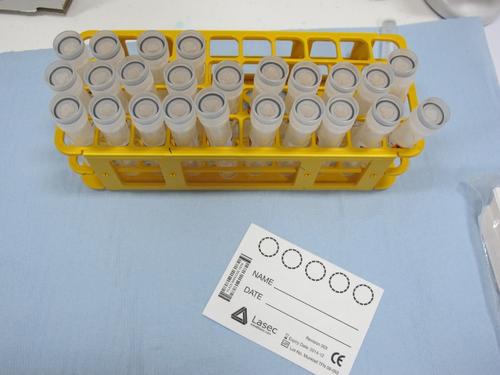This week the epicenter of the greatest pandemic of our times moves to Melbourne, Australia. Experts gather to find ways to cut the many heads of the HIV hydra: how to prevent the 1.6 million deaths every year; how to ensure that no baby is born with HIV; how to bring the antiretroviral treatment (ARV) to the 16 million who need it today. In short, how to scale up efforts against HIV to capitalize on the remarkable progresses of the past 20 years.
Weak health systems cannot cope with the task
But it is easier said than done, because the largest public health effort that humanity has ever undertaken is led primarily in African countries whose weak health systems cannot cope with the task. In Malawi where I work, two thirds of the jobs in the health sector are unfilled because of a lack of doctors, nurses, lab technicians. In Kinshasa, one in ten HIV positive patients die within two days of arriving at MSF’s clinic because they are already too sick to benefit from the ARV treatment they could not find. And this for what can become a chronic disease if one dutifully takes ARV every day, so manageable that basketball legend Magic Johnson has been living with it for 24 years!
Community models are promising
We need a revolution in the way care is provided. Otherwise, the remarkable gains from increasing the number of ARV initiations will be undone and we’ll miss our aim of to stop Aids. One of the most promising tools are community models of care that address the realities of where the pandemic strikes hardest. Someone whose antiretroviral treatment works well doesn’t need a monthly doctor consultation: he only needs to have his one pill a day and get on with his life. So why not move treatment closer to patient’s homes instead of people battling to go where the drugs are? Why not let patients organize themselves into self-help groups where only one of them goes to collects the drugs for all? It’s such a simple idea. But it changes everything: MSF’s experiments with different types of community models of care have shown a reduction of the burden on patients while allow health care workers to start more people on ARV and dedicate their precious time only to those very sick.
Spectacular improvement
The improvement in patient outcomes is spectacular. Previously, a third of patients on ARV treatment would drop out of care within three years because they often have to choose between their long-term health and their short term economic survival. Let’s say you’re a pregnant HIV positive woman in Lesotho. If your neighbor is not able to give you a ride on his pony to get to the nearest clinic, you’re not able to hike for hours through snowy mountains to pick up your monthly drug refill. So you don’t go, and your baby may be born with HIV. Let’s say you’re a miner in Mozambique. If you take a day off work every month to queue for hours before getting your drugs, chances are you’ll be fired quickly. So you don’t go, because your kids need to eat every day, right now.
Treatment brought closer to homes
But over 90 per cent of MSF patients belonging to different community models of care in Mozambique, South Africa and even in the DRC, a country were HIV treatment outcomes are especially worrying, were still on care after two to four years. The reason was simple: treatment was brought closer to their homes.
Revolution needed
Doing this requires a bold choice, a revolution of the way care is organized in many African countries. The first revolution on HIV care was the drug price reductions, making ARV accessible to poor countries. The second revolution simplified treatment itself, to a single pill a day with minimal side effects. My patients now need a third revolution, a revolution in how treatment provision is organized. Because it’s only when people can be retained on treatment that they remain healthy and that they have a very limited risk of infecting others. We need a revolution that does not discourage patients; one that will finally allow them to keep on living positively despite HIV.



